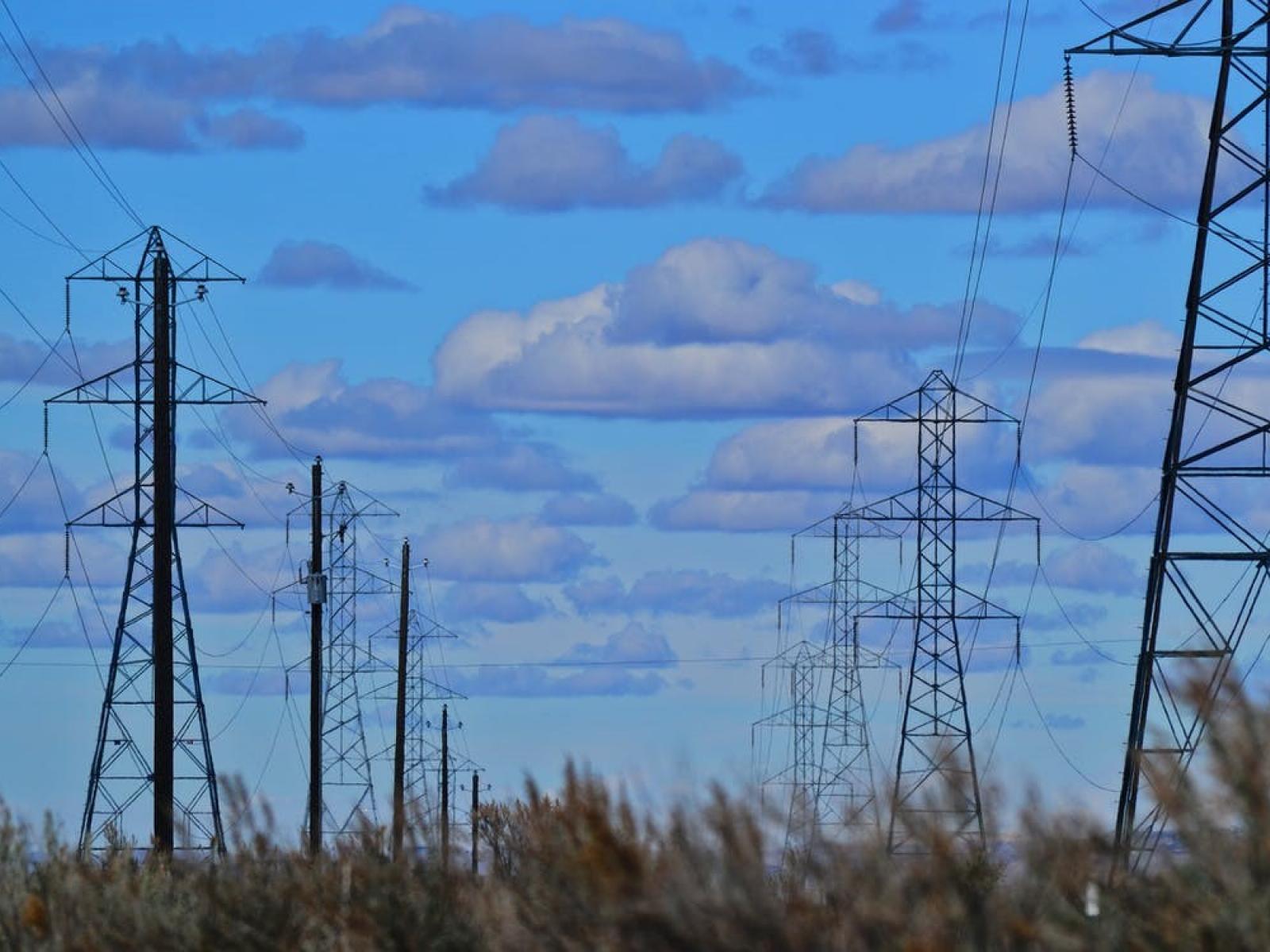Grid Vulnerability and Resilience to Climate Change Associated with Regional Interconnections
Regional dependencies are important to planning long term power grid climate adaption plans

The regional interdependencies within the power grid provide opportunities and challenges that need to be considered in regional climate change adaptation plans.
(Image courtesy of Brett Sayles | Pexels.com)
The Science
Climate change is expected to alter water availability throughout the Western U.S. through changes in precipitation and temperature. While previous research has explored climate change’s impacts on hydropower generation and power plants’ access to cooling water, this study used a power grid model to evaluate if those changes in water availability could disrupt grid operations. The climatically sensitive Northwest, with its depleting snowpack, the electricity exporting desert Southwest, and high demand, import reliant Southern California developed their own long-term regional plans that include climate change, but regional coordination has been a computational and methodological challenge. The analytics showed complex interdependencies between the Southern California, the Desert Southwest and Northwest regions in managing variations in regional generation due to hydrological variability.
The Impact
This analysis advances the integration of climate change science into power system research. The results are the first approximately 300-year power system model simulation datasets that combine climate, hydrology, river routing and water management, power plant generation constraints, and production cost models utilizing 55 years of historical climate data and 240 years of future climate condition predictions. This is the first study that quantitatively demonstrates that regional power planning would benefit from coordinating on regional climate change adaption plans. As the first experiment providing multiple large-scale water availability scenarios in conjunction with hundreds of production cost model annual simulations, this approach paves the way for the analysis of other regions and highlights the importance of scale dependencies in long term electricity planning.
Summary
The interregional connections across the contemporary Western U.S. electricity infrastructure play an essential role in managing variations in regional generation due to hydrological variability. Researchers evaluated whether climate-driven changes could affect regional power dependencies. Hydrologic simulations derived from three Global Circulation Models (CCSM4, INMCM4, and GFDL-CM3), two radiative scenarios (RCP4.5 and RCP8.5), and the VIC hydrology model fed into a large-scale, distributed water management model (MOSART-WM) to translate water availability into power generation constraints at hydropower and water-dependent thermoelectric plants. The researchers used the production cost model PLEXOS to evaluate how these coincident impacts propagate both locally and throughout the interconnected power grid of the Western U.S. The Northwest total generation influences interannual variability in other regions’ net generation, explaining about 40%, 50%, and 35% of the variability in Southwest, Rockies, and Southern California regions respectively. The dry years in Northern California exacerbate the grid level Northwest climate change impacts, making generation from the Desert Southwest a critical resource to compensate for water availability variations in those regions. Though the regional power flow directions seem insensitive to long-term variations in water availability, the analysis highlights the need to consider other compounding regional factors, such as changes in Southern California’s net load and changes in regional fuel prices to better inform the design of resilient co-dependent, regional water-energy systems.
PNNL Contact
Jennie Rice, Pacific Northwest National Laboratory, Jennie.Rice@pnnl.gov
Funding
This research was supported by the Office of Science of the U.S. Department of Energy through the Integrated Multisector, Multiscale Modeling (IM3) Scientific Focus Area.
Published: January 4, 2021
Voisin, N., et al. “Impact of climate change on water availability and its propagation through the Western U.S. power grid.” Applied Energy, 276, 115467. (2020) [https://doi.org/10.1016/j.apenergy.2020.115467]